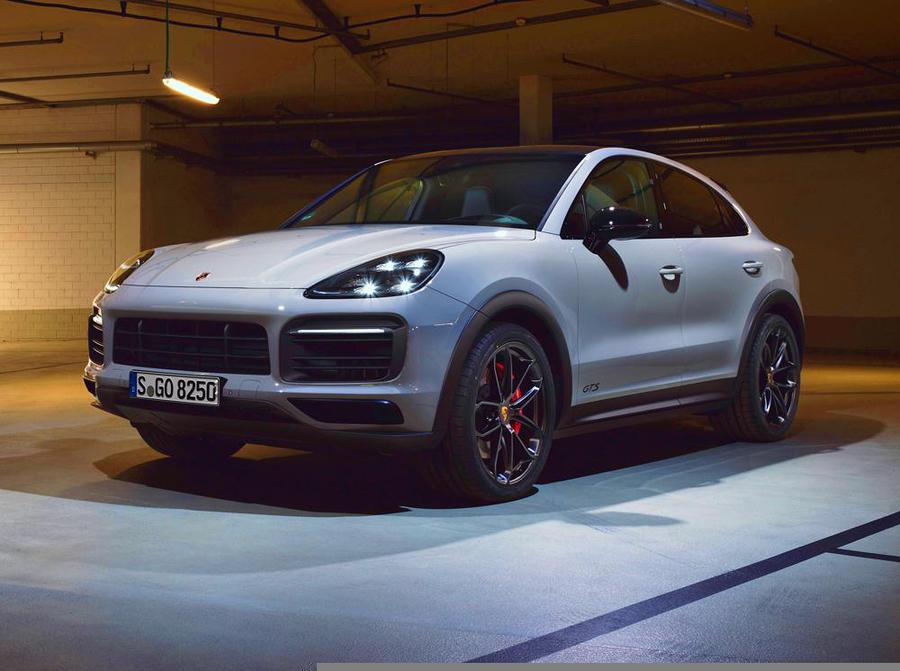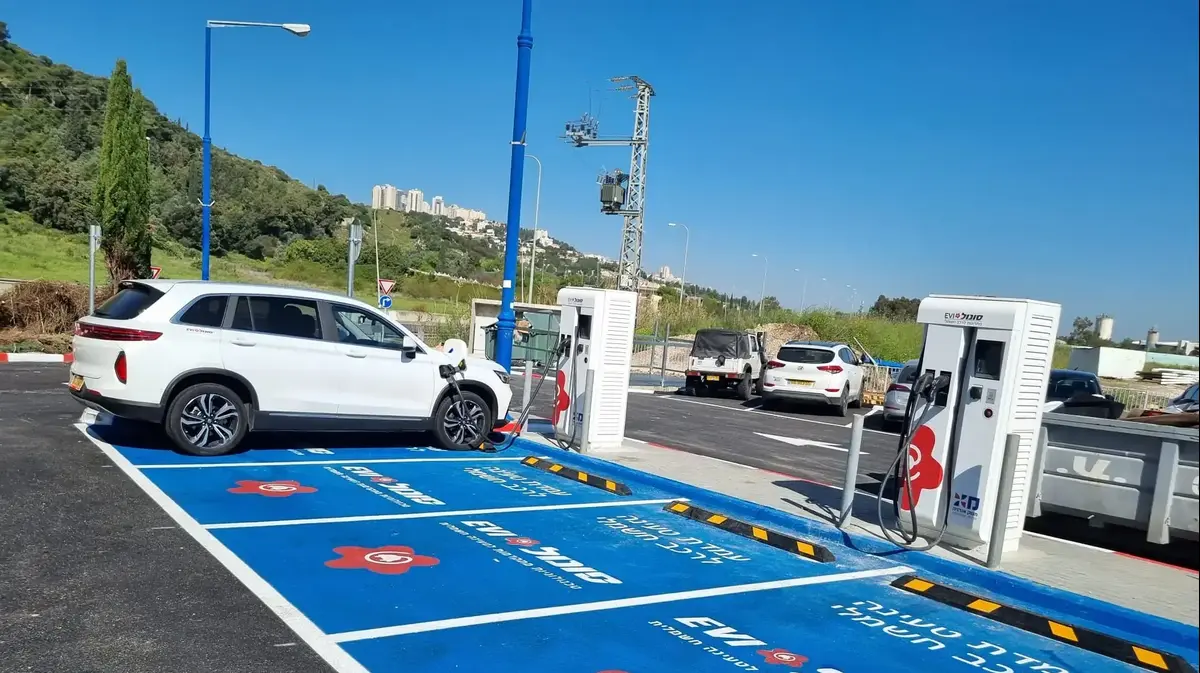For many years the number 8, speaking of splitting the cylinders, had remained confined in Porsche to the competition department only, but with 'boxer' architecture - which derived from that of the 6-cylinder sole of the 911 - and exasperated solutions that were related to the sole racing use between the 60s and 70s. We must wait until 1977 to see the magical V8 tick in the catalogs of the House of Zuffenhausen and, more precisely, in that of the 928, Porsche's first front-engined Gran Turismo. The debut of the V-shaped arrangement of the cylinders, in a company that had always dedicated itself to the 'flat' scheme, represented a real revolution because it allowed creative German engineers to apply to the historically 'popular' V8 arrangement in the USA, all their creativity and technological excellence at the time available. It was the first time, for example, that an engine was produced in Europe with the cylinder liners brought directly into the cast aluminum of the engine block. The 4.5-liter V8 had an evidently low compression ratio (8.5: 1) which made it possible to use normal petrol with 91 RON without problems. In the first version, this engine delivered 240 hp and 350 Nm of torque at 3,600 rpm, allowing the 928 to have a top speed of 230 km / h. In 1979 the 928 S arrived at the Frankfurt Motor Show, which brought a 4.7-liter version of the V8 capable of 300 hp to its debut, which was followed - also by the arrival of the electronic fuel injection - an evolution from 310 hp . A necessary premise, this, to frame the value of the two new models Cayenne GTS and Cayenne GTS Coupé, launched in recent days by Porsche to integrate the range of SUVs with two versions that aim for exceptional driving performance. As has always been the case for the GTS variants, also in the case of the Cayenne the engine plays a particularly important role, as evidenced by the fact that in the new generation of the Cayenne GTS the 3.6-liter biturbo V6 has been replaced by a generous V8 heart.
A novelty that anticipates possible imminent debuts, such as that of the 911 GTS 992 series. Or even of 'pure' performance variants of the Panamera and, why not, an unpublished Taycan GTS which, despite being 100% electric, could borrow the values in an 'eco' key of pure and usable sportiness of the Porsches marked by these 3 letters.
We talked about it today in a videoconference with a 'confidential' flavor, almost a chat between enthusiasts, in which the super-experts Porsche focused on the Cayenne GTS phenomenon and its value not only in the market (they will represent 10% of sales in Europe) but also as a testimony of knowing how to listen (the customers) and the subsequent know-how of the House of Zuffenhausen. With a power of 460 hp and a torque of 620 Nm, the 4.0 biturbo engine of the Cayenne GTS and Cayenne GTS Coupé offers significantly improved performance from all points of view - as users asked - allowing a trip from 0 to 100 km / h in 4.5 seconds with the Sport Chrono package and a top speed of 270 km / h. All with an engine sound that - reiterated the Porsche experts - can only give a V8 and with modifications to the chassis (now lowered) and to the equipment that are oriented to performance, but also to exclusivity and sensations according to the definition of 'sporty, exclusive, emotional' which is proper to these models.
With the 4.0-liter V8 biturbo developed by Porsche, the new Cayenne GTS has 20 hp and 20 Nm more than its predecessor, but without neglecting efficiency. In fact, these models have direct petrol injection with central injector position and 'intelligent' thermal management system, solutions which together with adaptive control of the number of cylinders in operation make it possible - according to the NEDC combined cycle - to reduce fuel consumption within unthinkable values for an SUV with these performances from 11.4 to 11.2 liters per 100 km.
The layout of the Cayenne GTS creates the ideal prerequisites also for exceptional dynamics: the suspensions have a lower set-up than 20 millimeters and include Porsche Active Suspension Management (PASM) and Porsche Torque Vectoring Plus (PTV Plus) is standard . By combining the 21-inch RS Spyder Design wheels, oversized brakes (390 x 38 mm in the front, 358 x 28 mm in the rear) with red brake calipers, the Cayenne GTS bring the agility and spontaneity of a real car sporty in the SUV segment. And for those who want even more, on request are available the Porsche Surface Coated Brake (PSCB) with tungsten carbide coating or the Porsche Ceramic Composite Brake (PCCB), the air suspension with three lower chambers of 10 mm, steering on the rear axle and the active roll stabilization system Porsche Dynamic Chassis Control (PDCC).













